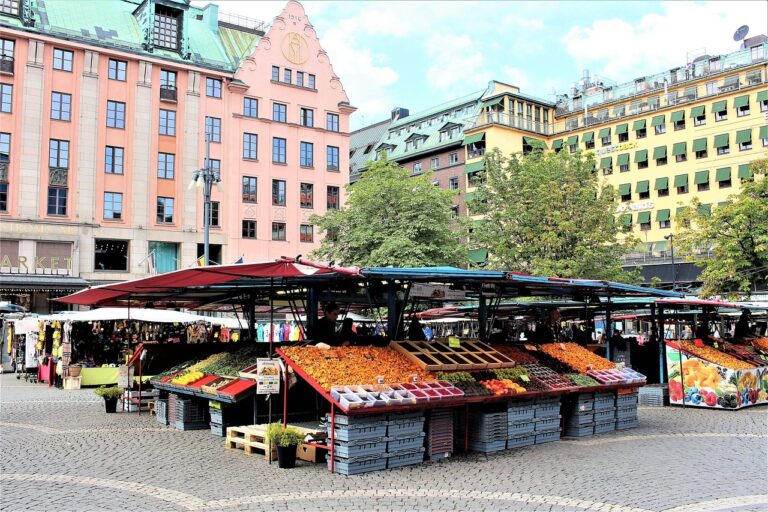The Future of Sustainable Packaging in Cosmetics: Biodegradable Materials and Refillable Containers
The beauty industry’s reliance on traditional cosmetic packaging poses several challenges that need to be addressed. One major concern is the excessive use of plastic materials, leading to environmental repercussions such as pollution and waste accumulation. Additionally, the bulky and non-compact nature of many traditional cosmetic packaging designs results in inefficient shipping and storage, increasing transportation costs and carbon footprints.
Another significant challenge in traditional cosmetic packaging is the lack of product customization and personalization options. Many conventional packaging solutions offer limited flexibility in terms of design and functionality, making it challenging for brands to stand out in a crowded market. As consumer demand for unique and eco-friendly packaging continues to grow, the beauty industry must adapt and explore more sustainable alternatives to traditional packaging methods.
The excessive use of plastic materials in traditional cosmetic packaging leads to environmental repercussions such as pollution and waste accumulation.
Bulky and non-compact designs of many traditional cosmetic packaging result in inefficient shipping and storage, increasing transportation costs and carbon footprints.
Lack of product customization and personalization options in conventional packaging solutions make it challenging for brands to stand out in a crowded market.
Consumer demand for unique and eco-friendly packaging is growing, prompting the beauty industry to explore more sustainable alternatives.
Benefits of Sustainable Packaging in the Beauty Industry
Sustainable packaging in the beauty industry offers a range of benefits that go beyond just reducing environmental impact. By using eco-friendly materials, brands can appeal to a growing segment of consumers who prioritize ethical and sustainable practices. This shift towards sustainable packaging not only enhances brand image but also helps in building a loyal customer base who value sustainability.
Moreover, sustainable packaging can also lead to cost savings for beauty companies in the long run. Recyclable and biodegradable materials often require less energy to produce compared to traditional plastics, resulting in reduced manufacturing costs. Additionally, many sustainable packaging options are lightweight, which can lower transportation expenses and reduce the carbon footprint of the beauty industry as a whole.
Innovative Biodegradable Materials for Cosmetic Packaging
Cosmetic packaging has long been associated with excessive plastic waste, posing a significant threat to the environment. In recent years, there has been a growing trend towards the use of innovative biodegradable materials for cosmetic packaging. These materials are designed to break down naturally over time, reducing the environmental impact of traditional packaging methods.
From plant-based plastics to biodegradable polymers, the beauty industry is exploring a range of sustainable options for cosmetic packaging. These innovative materials not only help to reduce the amount of plastic waste generated but also appeal to consumers who are increasingly conscious of environmental issues. As the demand for more sustainable packaging solutions continues to rise, the use of biodegradable materials is expected to become more widespread in the beauty industry.
What are some challenges in traditional cosmetic packaging?
Some challenges in traditional cosmetic packaging include the use of non-biodegradable materials, excess plastic waste, and limited options for sustainable packaging solutions.
What are the benefits of sustainable packaging in the beauty industry?
Sustainable packaging in the beauty industry helps reduce environmental impact, minimizes plastic waste, enhances brand reputation, and caters to the growing demand for eco-friendly products among consumers.
What are some examples of innovative biodegradable materials for cosmetic packaging?
Some examples of innovative biodegradable materials for cosmetic packaging include plant-based plastics, compostable materials, recycled paper, bamboo, and sugarcane-derived packaging options.
How can companies incorporate biodegradable materials into their cosmetic packaging?
Companies can incorporate biodegradable materials into their cosmetic packaging by sourcing sustainable materials, redesigning packaging formats, investing in eco-friendly production processes, and educating consumers about the benefits of eco-conscious choices.







